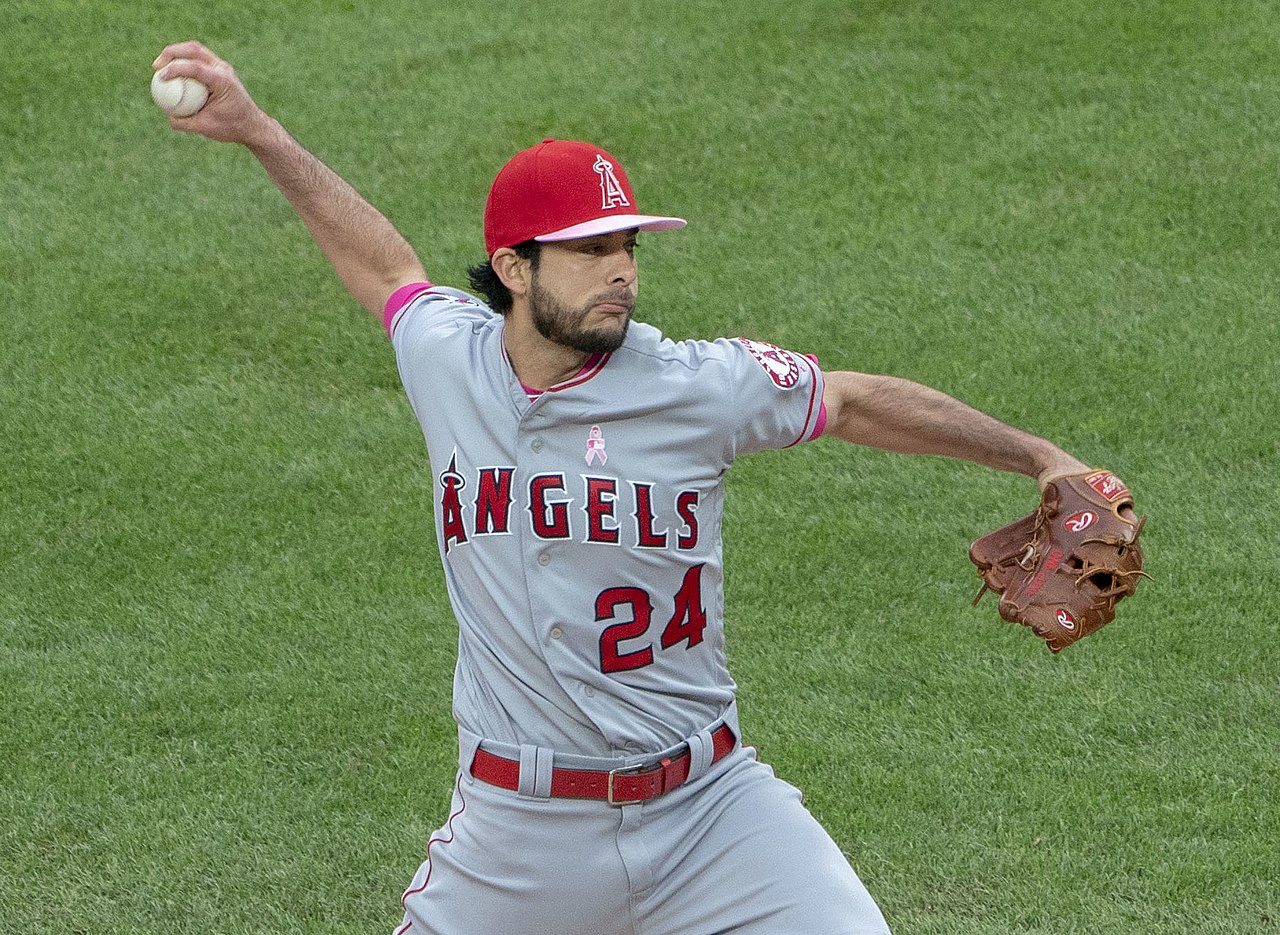
The Reds made another painful, salary-shedding move on Monday afternoon by trading reliever Raisel Iglesias to the Angels for reliever Noé Ramirez and a player to be named later.
To be very clear from the start of this analysis: Ramirez won’t replace the value Iglesias brought to the Reds. But he’ll slot in as a middle reliever who could provide some value if he can recapture his 2019 form. Let’s get to know the Reds’ newest bullpen member.
History
Ramirez pitched collegiately at Cal State Fullerton, where he was a teammate of Michael Lorenzen and former Reds Dylan Floro and Chad Wallach. The Red Sox selected Ramirez with a fourth-round pick in the 2011 draft. He debuted with Boston in 2015, ultimately appearing in 33 games over the next two seasons as he ping-ponged between the minors and majors. Boston waived Ramirez in August 2017 and he was selected by his hometown Angels, with whom he finally found some footing as a replacement-level reliever.
He went on to appear in 151 games with the Angels across 211 innings and four seasons, posting a 4.04 ERA, 4.11 FIP, and 4.07 xFIP. While he’s not a strikeout aficionado, he has an above average 25.9 K% in his career. He’s roughly average when it comes to walk rate (8.9%). It should be noted, however, that he posted a career-worst 16.5 K% in 2020 and his worst walk rate (10.6%) since 2016. Home runs could be a problem for Ramirez in Great American Ball Park, as he has a below average 41% ground-ball rate for his career.
Ramirez’s best season came in 2019, when he held a 3.99 ERA (3.72 FIP, 4.07 xFIP), 28.2 K%, and career-low 7.1 BB%. He also excelled at limiting hard contact, ranking in the 75th percentile or better in average exit velocity, hard hit rate, xwOBA, xERA, xBA, xSLG, and barrel rate. In an obviously limited sample in 2020, his performance dipped. Although he posted a 3.00 ERA, it came with a 4.52 FIP and 5.49 xFIP, which largely ties back to his strikeout and walk rates heading in the wrong directions. In addition to giving up more contact, Ramirez also gave up harder contact.
Ramirez doesn’t have extreme platoon splits, but he is notably better against right-handed hitters. The most significant difference comes in the quality of contact metrics and strikeout rate.

Pitch Portfolio
Ramirez throws three pitches with a near-sidearm delivery: a four-seam fastball, changeup, and curveball.
Velocity isn’t the word that comes to mind for Ramirez. His fastball sits in the high 80s/low 90s, topping out around 91 mph with below average spin. While he held batters to an exceptional .204 xwOBA with his heater in 2020, it’s a clear outlier when stacked up with the rest of his career (.354).
His changeup sits around 83 mph and has traditionally been his best swing-and-miss pitch. Ramirez has held batters to a .217 xwOBA and a 35.3% whiff rate against it in his career. The pitches gets significant drop — 9.2 inches above average in 2020, which was the best mark in baseball. Ramirez’s changeup has ranked in the top 3 in vertical movement vs. average in each of the last three seasons. At its best, it can do some Luis Castillo-esque stuff:
Despite this, he saw diminished returns from the pitch in 2020. It got a measly 18.6% whiff rate — by far a career worst — and was knocked around for a .267 average (.290 xBA), .433 slugging percentage (.432 xSLG), and .317 weighted on-base average (.321 xwOBA). In 2019, however, the pitch held opposing batters to a .220 xwOBA and 34.0% whiff rate. Getting Ramirez’s changeup back on track will likely be top priority for pitching coach Derek Johnson.
Ramirez’s curveball — which has some slider-like movement — boasts above-average spin and sits at 77 mph. Like his changeup, though, the curve wasn’t as effective in 2020. Lost spin and, as a result, movement likely tell some of the story. The curveball’s spin rate dropped from 2,742 rpm (81st) in 2019 to 2,584 rpm (60th) in 2020. Overall, his curveball has been a subpar offering in his career. Despite it’s high raw spin rate, it gets below-average movement due to poor spin efficiency (54.3% in 2020 — 220th out of 300 qualified pitchers). For his career, Ramirez’s curveball has a .336 xwOBA — league average during that time is .261.
How Ramirez fits
Ramirez is a textbook low-leverage, limited-upside middle reliever. The Reds’ new right-hander won’t blow away hitters, nor will he replace the sizable void left by Iglesias. But he does have at least one intriguing pitch — his changeup — to work with, assuming the coaching staff can help him get it back on track.
He’s projected to earn between $1.0 and $1.2 million in arbitration, per MLB Trade Rumors.
Featured Image: Keith Allison


